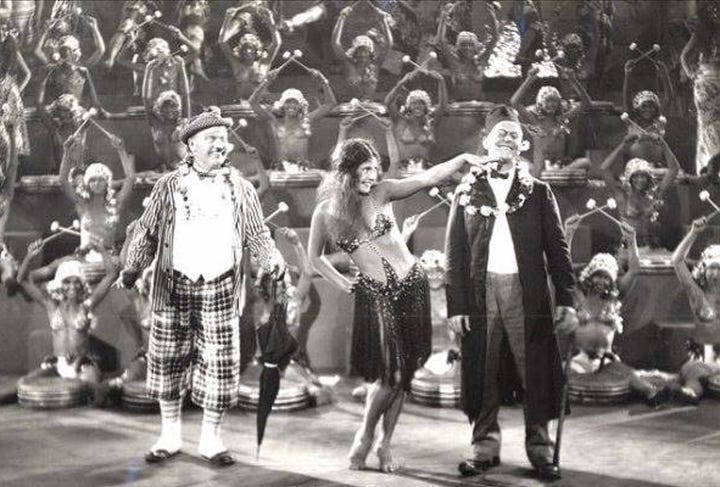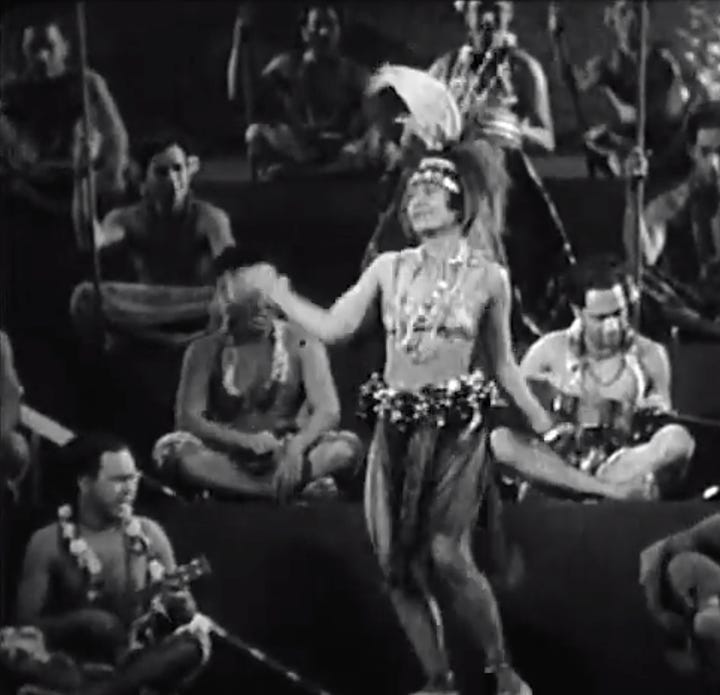The Belle of Sāmoa, a 16-minute long comedy made by the Fox Film Company (one of the two predecessors of Twentieth Century Fox), was Hollywood’s idea of what Sāmoans looked like. It had no Sāmoans in it; playing a ‘Sāmoan princess’ was American Lois Moran who had just had an affair with writer F. Scott Fitzgerald. Belle was showing at Auckland’s Majestic, on 24 October 1929, the day Wall Street crashed.


The resulting Great Depression, which would have catastrophic consequences for Germany, traumatised New Zealand and Sāmoa. Ward, 72, was prime minister again, 22 years after he had first assumed office. With commodity prices falling, unemployment rising and Ward’s diabetes worsening, New Zealand was in ‘official torpor’, as Governor-General Fergusson put it. Sāmoa’s future was of little interest. Ward was persuaded to resign (and shortly after to die) in May 1930. Forbes took over. Paternalism in Sāmoa was to give way to indifference and amnesia. In India, Mahatma Gandhi, held a Salt March, launching a civil disobedience movement. It was said later that the Mau drew inspiration from Gandhi’s Satyagraha, but there is no evidence of a connection. Chapter and verse of Mau philosophy came from the Bible that was given to them by the same people colonising them.
Keep reading with a 7-day free trial
Subscribe to Michael Field's South Pacific Tides to keep reading this post and get 7 days of free access to the full post archives.



